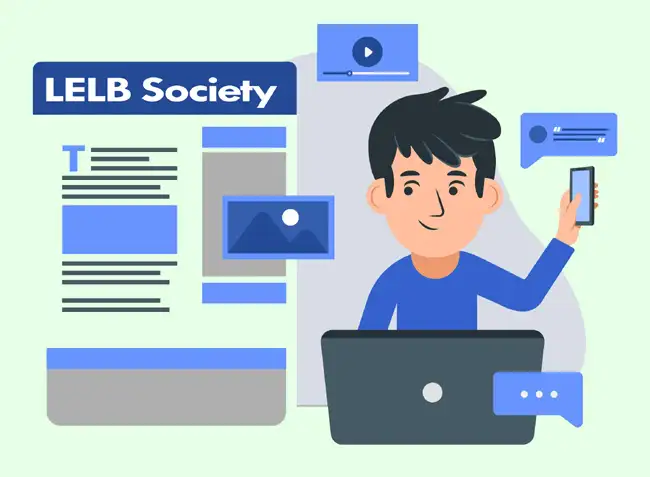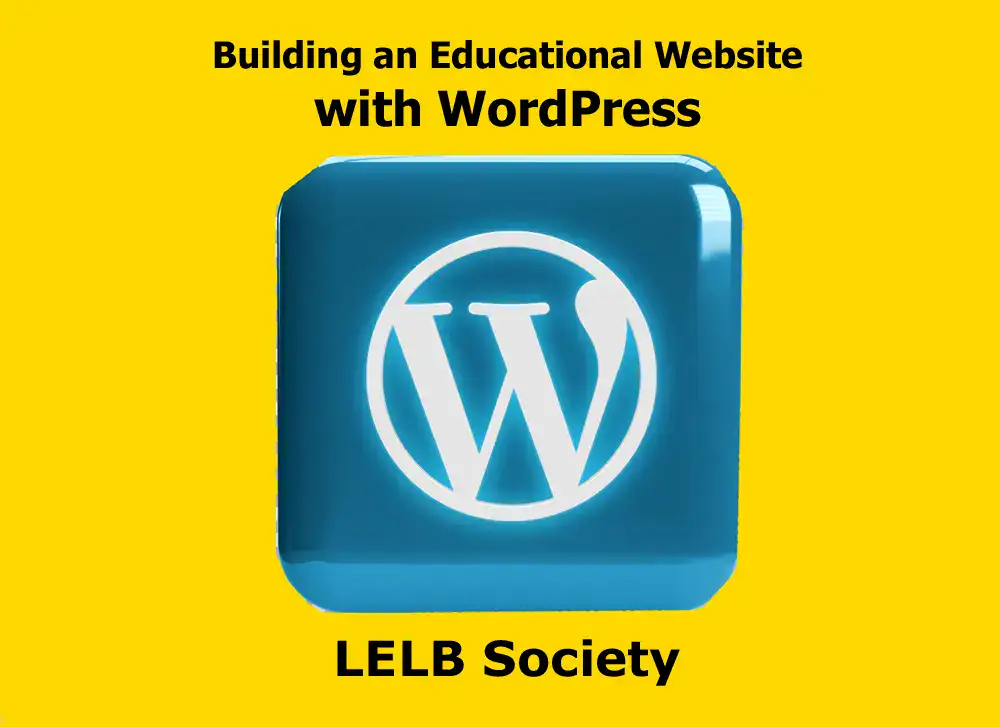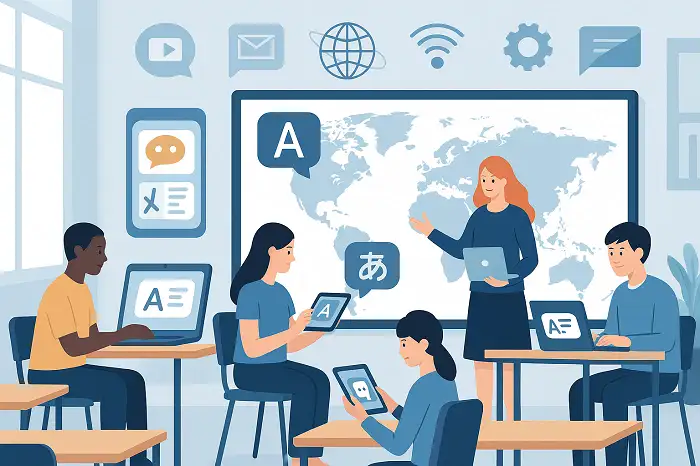Table of Contents
- Video of gamification in online language schools
- What is gamification in online classes?
- 1. Choose a Gamification Plugin
- 2. Design Engaging Challenges
- 3. Implement a Reward System
- Using portfolio assessment to achieve gamification
- 4. Foster a Community
- Gamification through asynchronous learning
- Round Table activity at LELB Society to endorse gamification
- 5. Personalize the Learning Experience
- Gamification and constructivist learning theory
- Tips for Successful Gamification
- Using multimedia and visuals in gamification
If you run an online language school on WordPress and you would like to gamify your educational website, we recommend you study this article closely as there are practical and actionable tips on implementing gamification in education.
Video of gamification in online language schools
What is gamification in online classes?
Gamification, the strategic use of games and game mechanics in non-game contexts, can revolutionize the learning experience in online language schools. By incorporating elements like points, badges, leaderboards, and challenges, you can motivate students, increase engagement, and foster a sense of community. As a result of gamification, online courses can transform the traditionally passive learning experience into an interactive and enjoyable journey. Gamification fosters active participation, promotes continuous learning, and creates a sense of achievement and accomplishment, ultimately leading to improved knowledge retention and skill development.
Here’s how you can gamify your WordPress-powered language school:
1. Choose a Gamification Plugin

- BuddyPress: While primarily a social networking plugin to create a community on WordPress, BuddyPress can be extended to include gamification features like points, badges, and leaderboards.
- LearnDash: A powerful learning management system (LMS), LearnDash offers gamification features like progress bars, points, and badges.
- GamiPress: Specifically designed for gamification, GamiPress allows you to create custom points systems, badges, and leaderboards.
While WordPress plugins can streamline the process of implementing gamification features, they are not strictly necessary. By leveraging the core functionalities of WordPress and a bit of custom coding or advanced plugin configuration, you can effectively introduce game-like elements to your online courses. In the following sections, we will explore practical strategies for gamifying your courses without relying solely on external plugins, providing you with a flexible and tailored approach to enhance learner engagement and motivation.
2. Design Engaging Challenges

- Language Quizzes: Create quizzes on grammar, vocabulary, and cultural knowledge.
- Writing Challenges: Encourage students to write short stories, essays, or blog posts.
- Speaking Challenges: Host online speech contests or language exchange sessions.
- Listening Challenges: Provide audio or video clips and ask students to answer questions.
LELB Society, as a bilingual academy of English and Persian, has fostered a dynamic and creative learning environment where students are actively engaged in both written and oral communication. Nearly 250 essays, thoughtfully composed by our students, have been submitted through the convenient medium of comments. This innovative approach not only encourages regular writing practice but also facilitates timely feedback and interaction with instructors.

Additionally, our English and Persian students have showcased their research and presentation skills by delivering over 70 presentations on diverse subjects. These presentations have provided valuable opportunities for students to develop public speaking confidence, critical thinking abilities, and the art of effective communication. By combining written and oral expression, LELB Society empowers students to become well-rounded communicators who can confidently express their ideas and knowledge in various formats.
3. Implement a Reward System

- Points: Award points for completing challenges, quizzes, and assignments.
- Badges: Create badges to recognize specific achievements, such as “Fluent Reader” or “Language Master.”
- Leaderboards: Display high-scoring students on a leaderboard to foster healthy competition.
- Levels: Introduce levels to track student progress and unlock new challenges and rewards.

WordPress offers a user-friendly interface to manage user profiles without the need for additional plugins. By navigating to the “Users” section in your WordPress dashboard, you can easily edit the profile of any registered user. This includes updating essential information like their name, email address, and website URL. Furthermore, you can enrich their profile by adding a detailed biography in the “Biographical Info” field. This information will be displayed on their author pages, providing valuable context for your readers and enhancing their overall user experience.
For example, you can take a look at the following profile pages of our most productive and active users and content developers at LELB Society:
Using portfolio assessment to achieve gamification

LELB Society embraces portfolio assessment as a powerful tool for gamification. By archiving a comprehensive record of each student’s academic journey, including guest posting, comments, and forum topics, we create a tangible representation of their achievements. This personalized portfolio not only motivates students to strive for excellence but also serves as a valuable resource for self-reflection, skill development, and future academic endeavors. As students witness their growing body of work, they experience a sense of accomplishment and are inspired to continue pushing their boundaries on our membership website.
4. Foster a Community

- Discussion Forums: Encourage students to discuss language-related topics and help each other.
- Social Groups: Create online groups for language exchange partners or hobbyists.
- Collaborative Projects: Assign group projects to promote teamwork and cooperation.
Gamification through asynchronous learning

LELB Society provides a robust online learning platform that empowers students to actively engage with the course material. Our students can create discussion topics within our bbPress forums, fostering a vibrant community where they can collaborate with peers, share insights, and seek clarification on complex concepts. Additionally, our students can directly interact with instructors by posting questions in the comment sections of our extensive library of over 4,400 English and Persian lessons. This two-pronged approach ensures that students have multiple avenues to seek assistance, participate in meaningful discussions, and deepen their understanding of the subject matter through both synchronous and asynchronous learning.
Round Table activity at LELB Society to endorse gamification
The Round Table Activity is an innovative approach to pre-class engagement with LELB Society content. Students are assigned a specific lesson with an accompanying video, and they are encouraged to leave comments on the pre-assigned lesson before online classes.. This asynchronous format allows students to reflect on the material at their own pace and share their thoughts in a non-pressured environment. The interactive nature of the activity is fostered by the ability for students to respond to each other’s comments, creating a dynamic discussion space. During online classes, the focus shifts to a deeper analysis of these asynchronous interactions. By examining the comments and replies, the instructor can guide discussions, address misconceptions, and highlight key points, ensuring that the class time is optimized for meaningful learning and collaborative engagement.
5. Personalize the Learning Experience

- Adaptive Learning: Use technology to tailor the learning experience to each student’s needs and pace.
- Personalized Challenges: Offer challenges based on individual interests and goals.
- Progress Tracking: Provide students with clear progress reports and feedback, possibly through portfolio assessment and asynchronous learning.
Gamification and constructivist learning theory
Gamification in education and constructivist learning theory share a common goal: to shift the learner from a passive recipient of knowledge to an active participant in the learning process. By incorporating game-like elements such as points, badges, and challenges, gamification motivates learners to actively engage with the material and construct their own understanding. This aligns with constructivism, which emphasizes that learners build knowledge through personal experiences and interactions with the environment. Through gamified activities, learners become problem-solvers, collaborators, and creators, actively constructing their own meaning and knowledge. This shift from passive to active learning empowers learners to take ownership of their education and develop critical thinking and problem-solving skills.
Tips for Successful Gamification

- Keep it Simple: Avoid overwhelming students with too many complex mechanics.
- Make it Fun: Use humor, creativity, and engaging visuals to keep students motivated.
- Set Clear Goals: Define clear objectives and rewards to keep students focused.
- Provide Timely Feedback: Offer constructive feedback to help students improve.
- Continuously Improve: Gather feedback from students and adjust your gamification strategy accordingly.
Using multimedia and visuals in gamification
Dr. Mohammad Hossein Hariri Asl, the visionary founder of LELB Society, has made a significant contribution to language learning with the development of a groundbreaking visual dictionary platform. This innovative resource boasts an extensive collection of over 2800 academic English vocabulary, each accompanied by illustrative visuals and contextualized usage examples. The platform’s unique organization, powered by WordPress tagging, allows learners to explore vocabulary thematically, facilitating a deeper understanding of word relationships and usage patterns. This meticulously curated visual dictionary empowers language learners to expand their vocabulary effectively and enhance their overall language proficiency.
By implementing these strategies, you can transform your online language school into an exciting and engaging learning environment. Remember, the key to successful gamification is to strike a balance between fun and learning.



